1990s Fashion – A close look at the periods referenced by fashion, which is in a continuous cycle of development, change and return. Our fourteenth stop is the 1990s, when fashion brought comfort from grunge to minimalism.
Fashion refers to currently popular clothing styles. It always evolves and changes and returns to the beginning. Every style and trend in fashion is recalled from an absolute time or era. That is why it is very important and valuable to have an idea about the history of this evolution.
When you get an idea about a person, you also learn about his style. While reading the history of humanity, it is inevitable to take a look at the history of fashion.
In this series of articles, we will take a closer look at the periods that fashion uses as a reference. Enjoy reading..
1990s Fashion
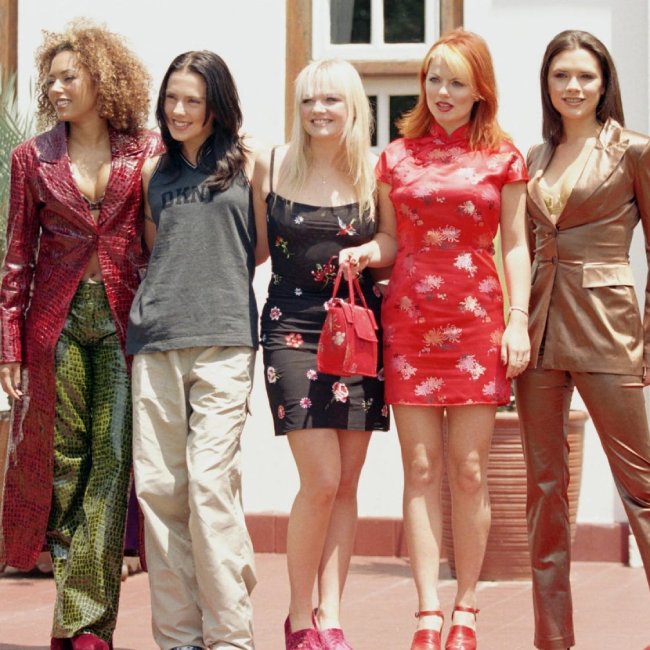
While the 1980s – with their padded shoulders, fluffy jackets, huge hair and obsession with designer clothes – were all about volume, the 1990s chose to fly lower, and as the 20th century closed, fashion reached its most comfortable level. While both men and women embraced grunge fashion with low, oversized clothes and jeans in the first half of the decade, towards the second half, minimalism became the etiquette.
In the last decade of the 20th century, fashion continued to evolve towards more casual ways of dressing and minimalism. While more formal attire has had its times, the 20th century has mostly been transformed by huge waves propelling itself forward, and this approach became mainstream as the ’80s drew to a close. At the end of the decade, this approach to clothing became permanent.
>The Age of Supermodels
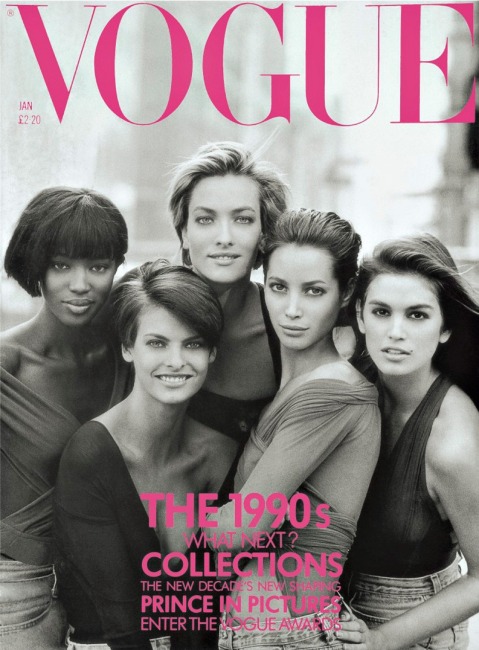
The 1990s started with the supermodel phenomenon of Vogue, which featured Naomi Campbell, Linda Evangelista, Tatiana Patitz, Christy Turlington and Cindy Crawford from the frame of Peter Lindbergh on the cover of the January issue. And when these names walked arm in arm at Versace’s Fall/Winter 1991 fashion show, they were far more famous than clothes.
“For a person to be a supermodel, they have to be on all the covers of the world at the same time,” says Claudia Schiffer, who, for example, made $12 million in a single run in an era when the rules of magazines, fashion shows and advertisements were made by glamorous women.
Although the concept of supermodel entered the literature in the 1940s, it did not become popular until the early 1990s. However, Lisa Fonssagrives, who appeared on the cover of Vogue more than 200 times from the 1930s to the 1950s, which is an extraordinary number, is considered the first supermodel.

Each modeling age reveals its nature through the type it chooses to represent. World War II, where Lisa Fonssagrives succeeded. The post-World War II era was the Golden Age of Haute Couture. The signature style of the day was Christian Dior’s new look, and the ultra-feminine beauty was making a comeback. Lisa Fonssagrive was the perfect portrait of the ‘new ideal feminine flair’.
When supermodeling took its final form in the late 80s, she found herself in a glass jar; It is a disco ball that never goes out with its constantly raising advertising deals, red carpet and magazine appearances, stories that have been made into a book. That is, until the designers decided to make the outfits the star of the show again, instead of the model wearing it.
>Styles That Defined the 90s
As the decade began with the popularity of 1980s high fashion and surreal styles, fashion did not remain indifferent to the cry of less glamorous and much more comfortable outfits from the street.
Sportswear looks of the eighties continued with cycling shorts, tights, Keds and oversized sweatshirts. The early part of the decade saw the return of the 1960s and 1970s, such as mini skirts, wide-legs, and Punk styles.
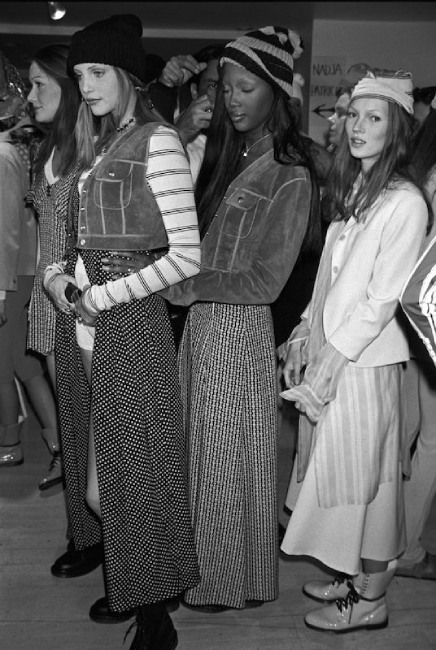
A deep desire for vintage clothing has allowed second-hand clothing stores to expand and fund grunge fashion. Born in Seattle in the late 1980s and infiltrating everyday life as big, battered jeans, plaid shirts and Doc Martens boots, grunge took the runway in 1993 with Marc Jacobs’ Perry Ellis collection. This fashion show was a turning point for Jacobs—and, of course, fashion—who lost his job due to the brutal criticism of the collection.
As an escape from the early popularity of supermodels, grunge also paved the way for a new type of modeling embodied in Kate Moss. Moss became an idol as the skinny and sunken eyes associated with heroin addicts became attractive. While grunge looks didn’t work together with the glamor of supermodels, Moss’s homeless weakness and modesty set him on the throne in the early ’90s.
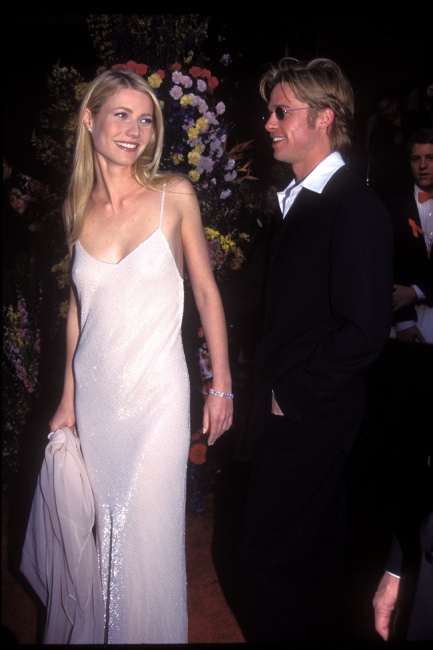

In the mid-90s, styles began to become feminine again. The minimalist look found its way into slip dresses with a cut that goes over the body and spaghetti straps. While silk interpretations were indispensable for official events, it was adapted to daily life by wearing a white T-shirt.

Movies like Clueless dominated mid-1990s fashion through the sexy schoolgirl characterization. After the iconic film’s premiere, the all-plaid trend in the form of matching skirt-jacket was sure to be permanent; so it happened. The look was undoubtedly born from the lines of high fashion designers, among them Vivienne Westwood, and peaked in the mid-decade with Britney Spears’ music video for …Baby One More Time; Small knitwear, rag doll t-shirts and knee-high socks were turned into uniforms by young women who adopted this style. Other women who fascinated them with their on-screen styles were Friends‘ Rachel (Jennifer Aniston) and Sex and the City‘s Carrie (Sarah Jessica Parker).
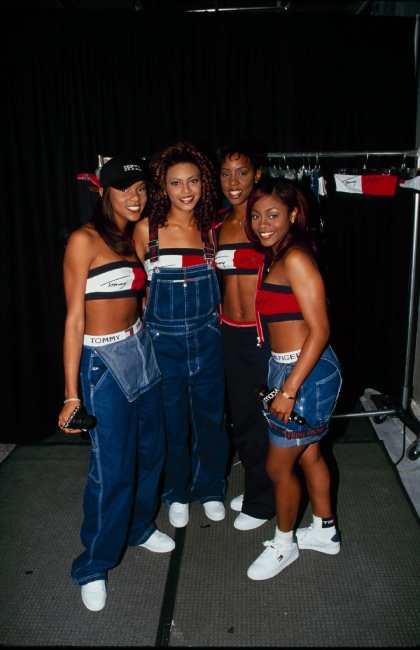
As the decade progressed, casual styles became established in every way. Functional styles such as cargo pants and GAP sweatshirts became popular in casual wear. This process paralleled the rise in high fashion of styles such as parkas, combat pants, and other outdoor adventure pieces, with interpretations by designers such as Helmut Lang. Along with this, clothes with logo also gained a new interpretation; The name that excelled in the brand-intensive use was Tommy Hilfiger.
While counting down to the new century, women started to get involved in the bohemian style that they called their inspiration from the 1970s. Bohemian look, with embroidery, mixed fabrics and Eastern influence, began to permeate women’s clothing at almost every market level. Dries Van Noten with its ethnic embroideries, Matthew Williamson with its assertive colors, and Marni and Fendi with its ability to use different fabrics together turned into shining brands while closing the 90s. As an era was closing, skirts were getting shorter in length and trousers with lower waists were getting ready to enter the wardrobe.
>1990s Men’s Fashion
Just like in women’s clothing, men’s clothing in the 1990s set a more comfortable and more comfortable motto than ever before. Styles that go hand in hand with genres like grunge, hip-hop, and Britpop have been the dominant wave of men’s fashion for a decade.

At the turn of the decade, grunge bands like Nirvana and Pearl Jam were the muses of tailoring. The look was pretty simple; An oversized plaid shirt and jeans that are often worn over a t-shirt. Berets, band t-shirts, knit cardigans and Converse shoes were other elements that completed the style. The looks were pretty messy and mostly come to life from parts bought from second-hand stores. Even though he was born with a desire not to even go near fashion, grunge style had no escape but to become the mainstream.
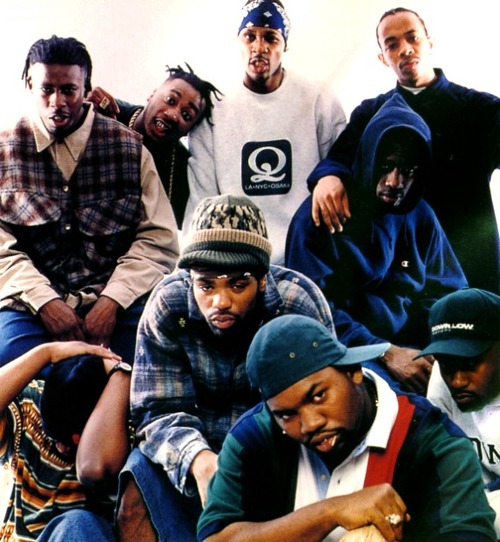
Although grunge began to lose its popularity from the mid-90s, the comfort remained. In this period, another genre, hip-hop, caught the radar of fashion. Sportswear items such as baseball caps and jackets, basketball shorts, overalls and hoodies have become popular style subjects.
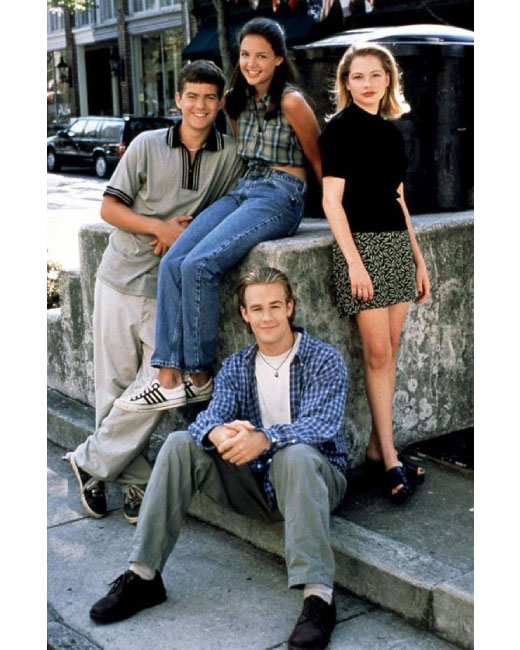
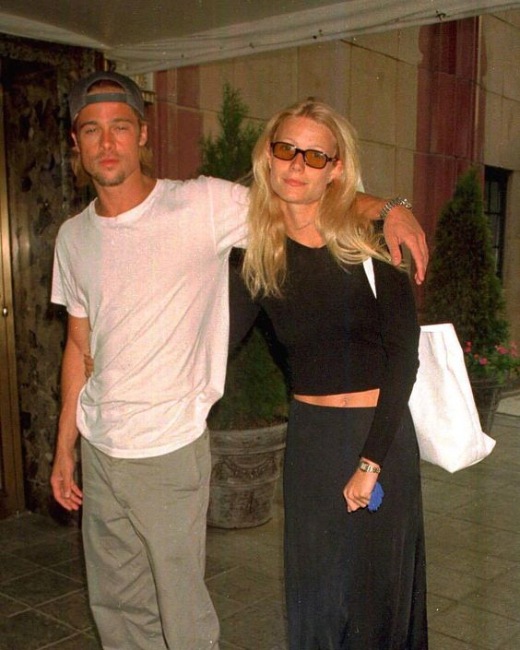
Another subculture that influenced fashion throughout the 90s was the Britpop movement. Khaki trousers, dark blue blazers and Oxford shirts took the leading roles in this channel, which is also the awakening of the Mod style of the 1960s. So much so that towards the end of the decade, khaki trousers emerged as a good alternative as jeans for men. The model, which was brought to the screen with its abundant interpretation in the Dawson’s Creek series, was the new favorite of simple comfort in some cases.
>Reflections of the 1990s in Today’s Fashion
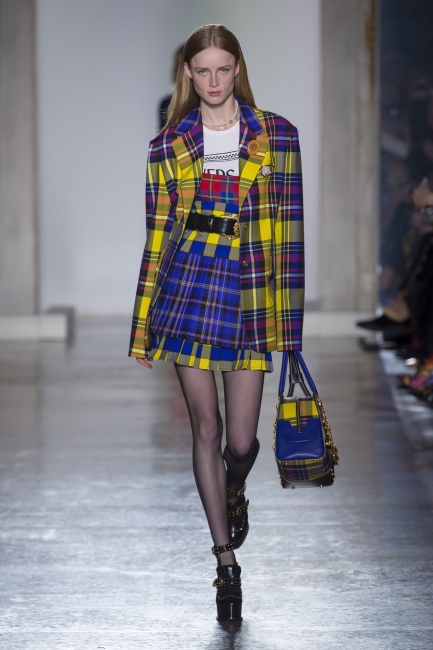

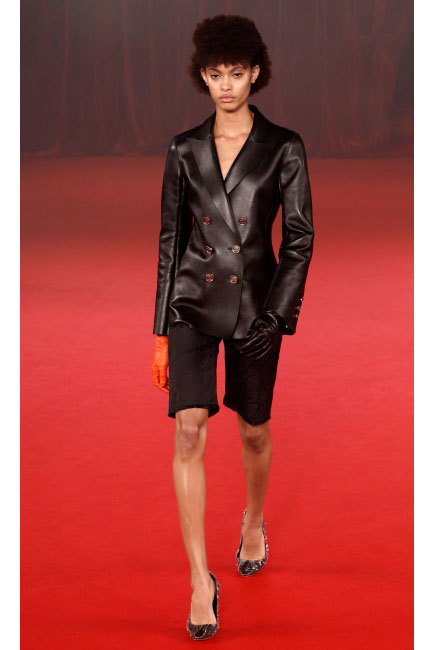



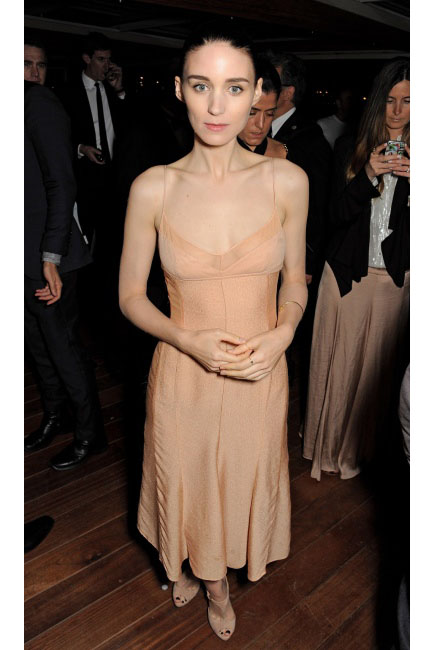
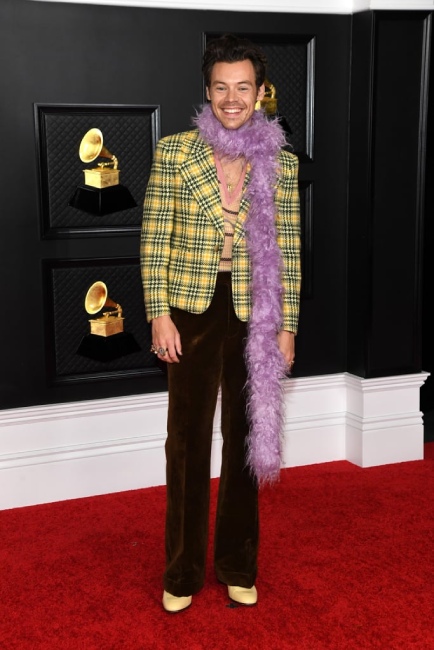
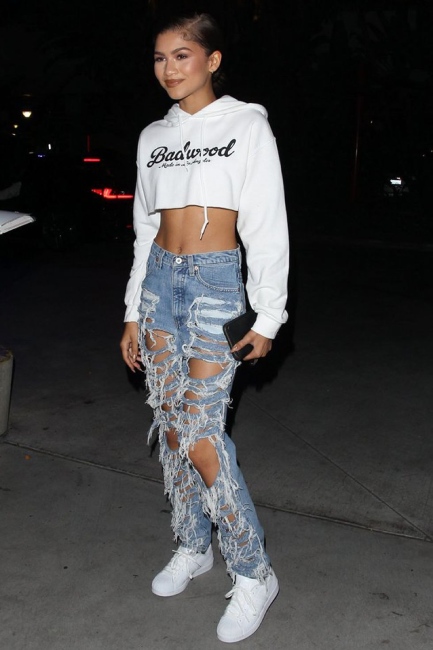
Other “Evolution of Fashion” articles
1980s Fashion w/Bigger Better
1970s Fashion, The Age of Polyester
1960s Fashion Influenced by Youth and Street
1950s Fashion with Stylish Options
1940s Fashion – From Coveralls to New Look
The Golden Age of Splendor 1930s Fashion
1920s Fashion w/Flapper and Jazz
Introduction to the 20th Century Fashion
19th Century Fashion and Changing Silhouettes
18th Century Rococo Fashion
Renaissance Fashion and Rebirth
Medieval Fashion and Status Clothing
Authentic Clothing in the Ancient World

Leave a Reply